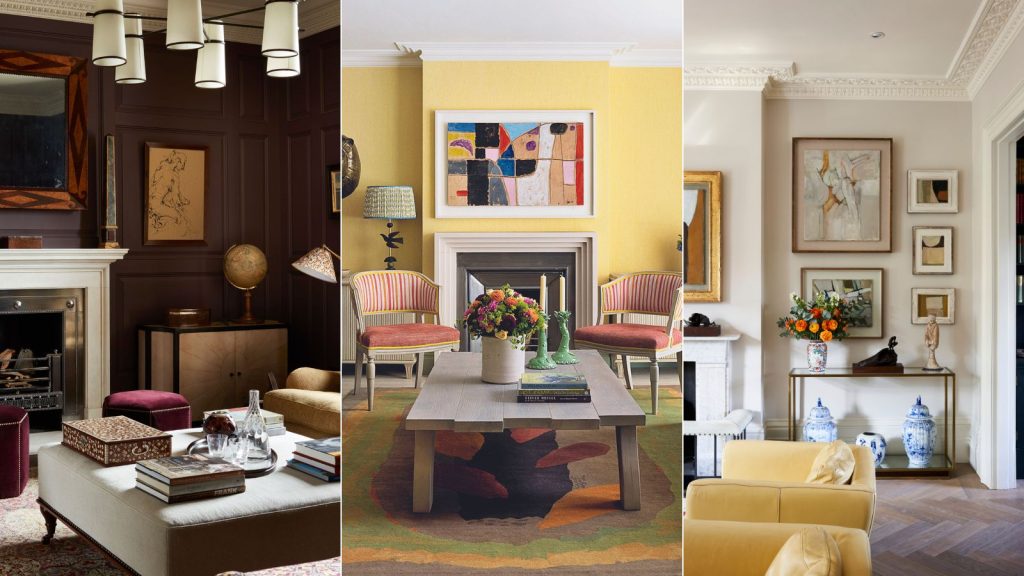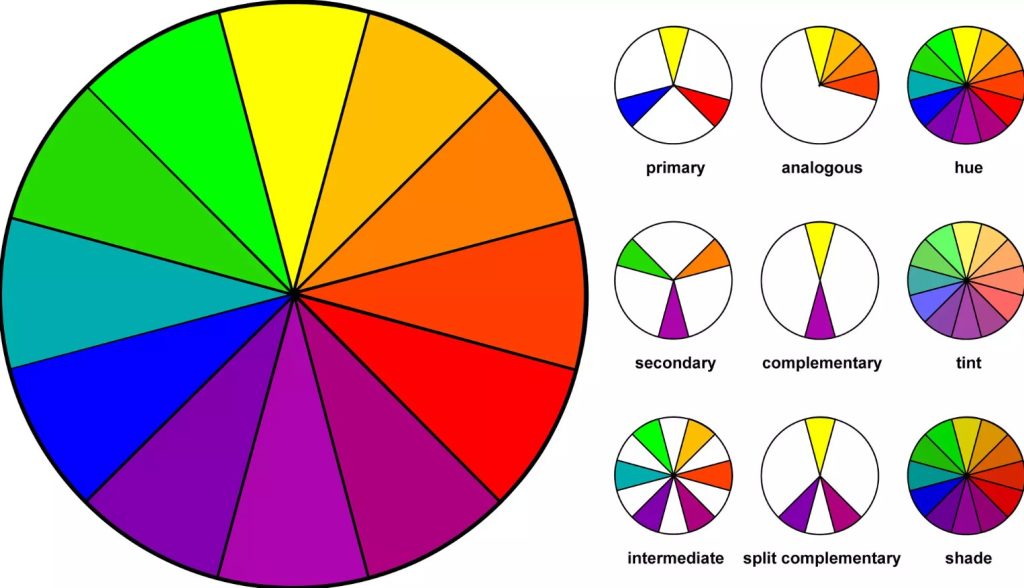Color is an important part of the design of any home, and using your favorite colors is a fun way to make each room more lively. But it can be hard to choose the right color palette because too many colors clash, and using the same color in every room feels boring.
In this article, we’ll show you how to coordinate colors in a home in a way that’s easy to understand and works for both new and experienced decorators. Before you start your renovations, read our 7 pieces of advice below.

How to Coordinate Colors in a Home
First advice: learn about your fixed components
Firstly, you should know what colors you have to work with. Your whole house color palette is made up of the colors of everything that stays the same in your home. Trim, cabinets, flooring, wall tiles, and countertops are some of the fixed parts of your home.
Even though most of your fixed elements are probably a neutral color, even neutrals have color undertones. To choose the right colors to go with your fixed elements, you need to know what colors are in the background.
Write down all of your fixed parts. Write the undertone next to each part. If the person who designed your house did a good job, you should be able to see some patterns.
Second advice: focus on three color schemes
Monochromatic
We recommend you use different shades, tints, and tones of the same color for your whole color palette. If you only like one color, this color scheme is great for you. It’s also great for people who are afraid of color because using the same color makes the space look less busy and more like a neutral space.
Analogous
The colors in this scheme are close to each other in the color wheel. This is also sometimes called a “harmonious” color scheme, like blue, green, and yellow, or purple, red, and orange. Commercial general contractors are essential for any large-scale construction project, so if you’re looking for the best in the business in California, look no further than the los angeles-based sierra group. This color scheme is easy to live with and makes you feel calm and relaxed.
Complementary
On the color wheel, complementary colors are right next to each other. Blue and orange, for example, or yellow and purple, or red and green. This kind of color scheme is not for people who are afraid of color. Because it’s all about contrast, the color scheme is more lively and full of energy.
Third advice: use a single color to connect rooms
Try using a single color as a theme that runs through the whole house. This will give each room its own color personality while still giving the house a cohesive look. Even if you like to use a lot of different colors, this trick will still work.
Just pick one color that is in each room’s color scheme, like white, or a color that can be used in many ways, like navy. You could choose woodwork as your unifying element and use the same color or finish on the baseboards, door frames, window frames, and ceiling molding.
You can also create a sense of continuity by sticking to two or three colors and using them in different amounts and ways all over the house. Each color can be used in many different ways by changing its value and strength.
For example, you could paint the lower cabinets in your kitchen a dark, stormy gray. Then, choose a lighter shade of gray for the walls of your living room, which is next to the kitchen.

Fourth advice: use the color wheel as one of your most important tools
The color wheel is the first place you should look to see if your ideas and plans make sense. It should remain one of your most important tools as you design. It shows the color families and how they fit together, making it easier for you to find the right paint for your project.
Fifth advice: try to avoid making your design too complicated
If you choose too many colors or patterns for your walls, it can make the space feel noisy and distracting, which lowers the overall aesthetic value of the area. As a rule of thumb, the maximum number of colors should not exceed four primary colors and two patterns. As for accents, you should use as many as are required to bring your idea to life, but once again, try not to make things more complicated than they need to be.
Sixth advice: use the same color group
Using the same three to five colors in each room is the easiest way to connect the colors in your house. That doesn’t mean that all of your rooms need to look the same. You can make each room look different by making the main color in each one a different color from the rest.
Think about a color scheme like rust, gold, and green. You can make gold the main color in the living room by painting it gold.
In addition, choose a rust-colored sofa and green-and-gold-striped accent chairs. Then, add window treatments and throw pillows made of a pattern with all three colors. In the dining room next door, paint the walls rust, put gold damask on the chair seats, and put a green rug on the floor.
Seventh advice: use a single color in different shades
The same color goes from light to dark on a lot of paint chips. Each version is worth something different. You can use the same kind of progression at home. The best way to do this is to paint each room’s walls differently.
Even though the rooms look very different, the common color makes it easy for the eye to move from one to the next. You can add accents to the rooms with different shades of the same color, different colors, or a mix of both.
Use darker colors in places where you don’t spend a lot of time, like entryways, dining rooms, and other places you don’t spend much time in. If not, the darker versions might be too much.
Read more: How to Make a Room Feel Warm and Cozy
Conclusion
Now that you know how to coordinate colors in a home, it’s easy to match colors as long as you use tried-and-true methods and follow general rules for arranging different parts of your space. Keep each piece of advice in mind, and have fun decorating!